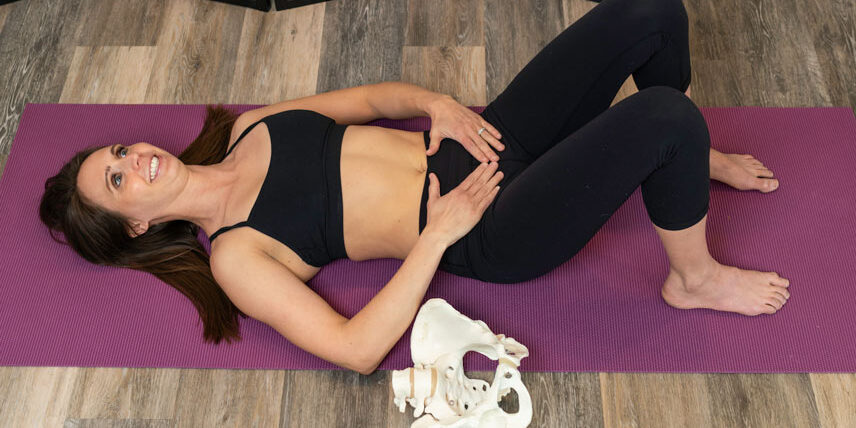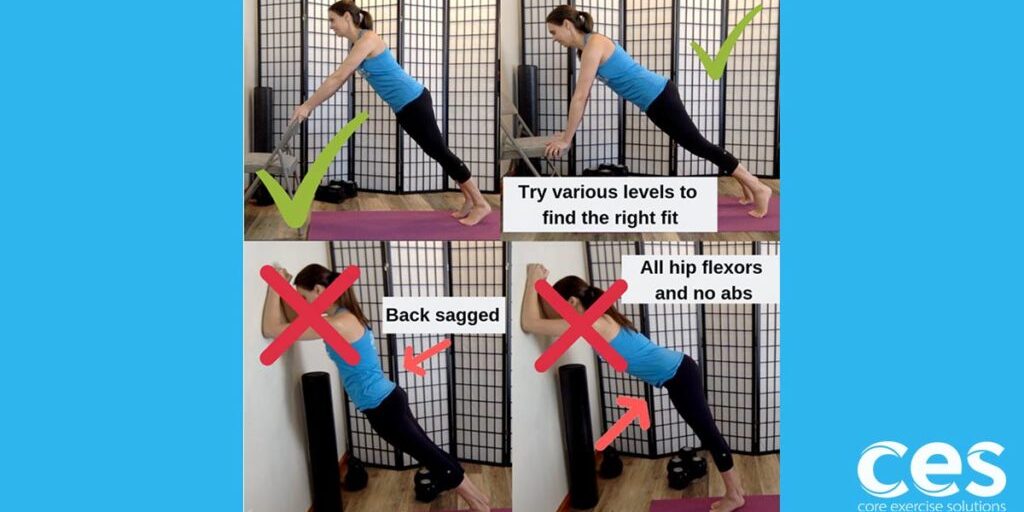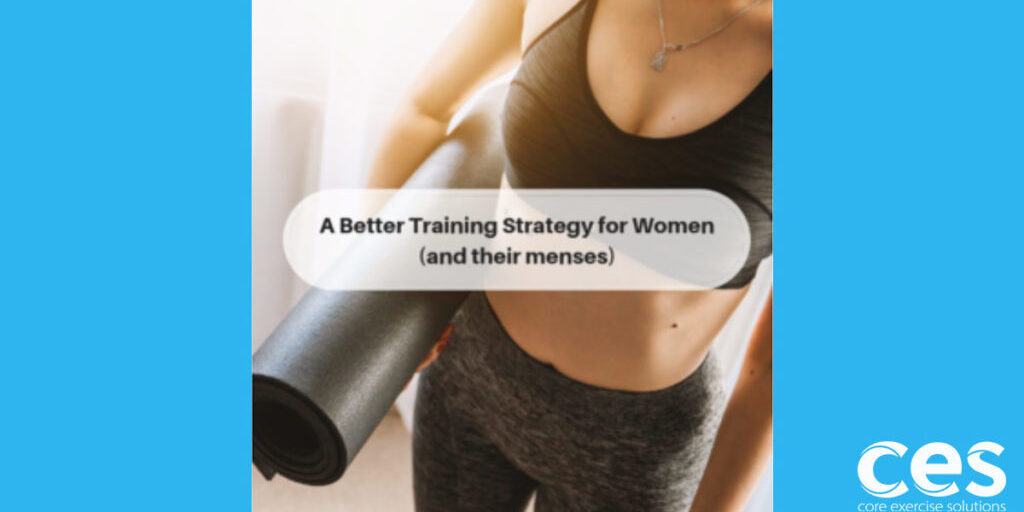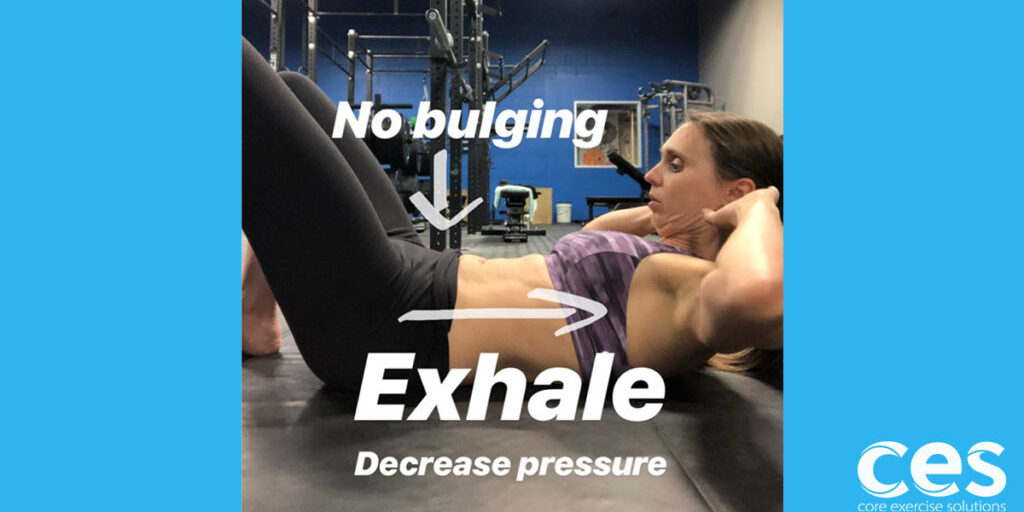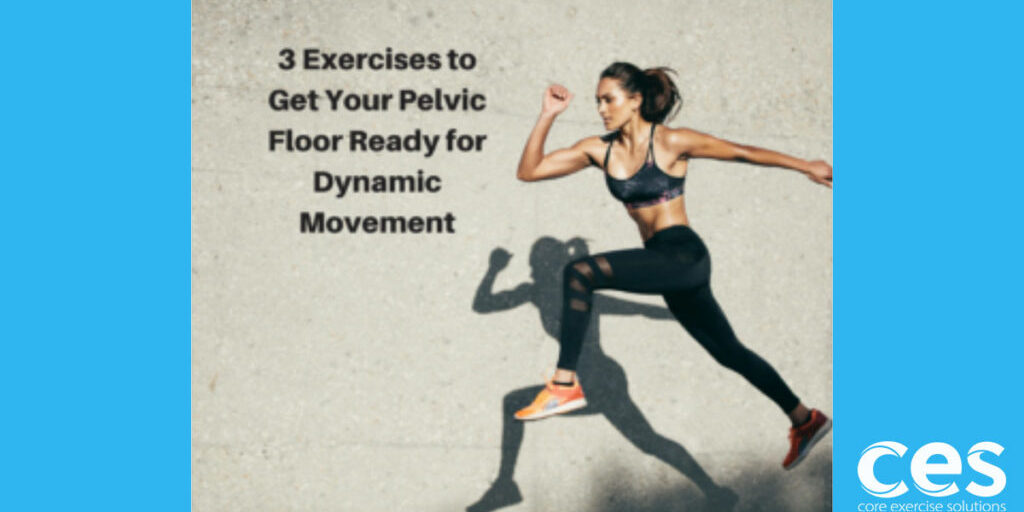Thinking of the adductors as a continuation of the pelvic floor, a quick analysis of them can tell us a lot about what's going on in the pelvic floor and the pelvis in general.
Why does this matter for parts other than the pelvic floor? Say a diastasis or back pain?
Well, I like to think about our adductors as the inside anchors for our pelvis. Have you ever seen a boat anchored in current? If it has an anchor at the stern and one at the bow and the anchors are not evenly weighted or have not dug into the bottom equally, what happens to the boat? One anchor ends up doing all the work and the other gets drug along with the current as the boat spins.
Do you want this to happen to your pelvis and trunk? ![]() Ok, I'm being dramatic, BUT, I do see a lot of people with SI joint pain, SPD, pelvic floor dysfunction, etc. And checking adductors for equal strength is high on my list. With anything in the body, we have to look at how ALL the forces are pulling on the body. I don't just like to throw random exercises at people and hope the "shotgun" approach works. Testing for functional strength, especially side to side is important. (Sorry soapbox sidetrack.) Let's get started doing that with the adductors.
Ok, I'm being dramatic, BUT, I do see a lot of people with SI joint pain, SPD, pelvic floor dysfunction, etc. And checking adductors for equal strength is high on my list. With anything in the body, we have to look at how ALL the forces are pulling on the body. I don't just like to throw random exercises at people and hope the "shotgun" approach works. Testing for functional strength, especially side to side is important. (Sorry soapbox sidetrack.) Let's get started doing that with the adductors.
Sidenote- This is definitely what goes on in my head when looking at fixing clients. Pullies, levers and pressure and it all needs to line up. It's just physics.... with some cortisol and nerves thrown in.
Sidenote Two- No one is completely symmetrical. That would be weird. What we are looking for are big differences in muscle tightness, size and strength.
Care to join me for a fun quick check?
It's really hard to get an accurate gauge on your individual inner thigh muscles if you're on your back. That's an easy position for your brain to send signals to tell the muscles to work together to squeeze. If you really want to test them, roll over on your side. That's just enough to disassociate your brain from bilateral movement and then you can really see if both sides fire equally.
Let's think about this with the pelvic floor. How many tasks do we primarily do on one leg or not using our legs equally at the same time.... walking, running, stairs, stepping up on a curb, holding a child on a hip, and many, many exercises at the gym.
So, we need to take a little time and make sure both of your inner thigh muscles are firing like they should! Obviously, it's not a complete picture of the pelvic floor but it is a fun component.
The pelvic floor is a complex part of our system and it can have many, many, many pieces.
PS. Our pregnancy and postpartum continuing education certification has tons of fun tests and more importantly, what the heck do you do once you find one adductor weaker? What's the best way to address this? Going deeper... what caused that to happen and how can we address that looking at the system as a whole?
I like to go deep and ask why 5 times and then bring it back to the big picture. It doesn't do any good to be able to identify individual trees if you can't see the whole forest.
Free Pelvic Floor Educational Series
Dr. Sarah Duvall, PT, DPT, CPT and the CES Team have helped thousands of women create the strength and stability needed to overcome common and not-so-common pelvic floor issues.
Join us today for this 4-part Pelvic Floor Video Series, absolutely free.
We don't spam or give your information to any third parties. View our Terms of Use and Privacy Policy.
Having trouble signing up? Click here



